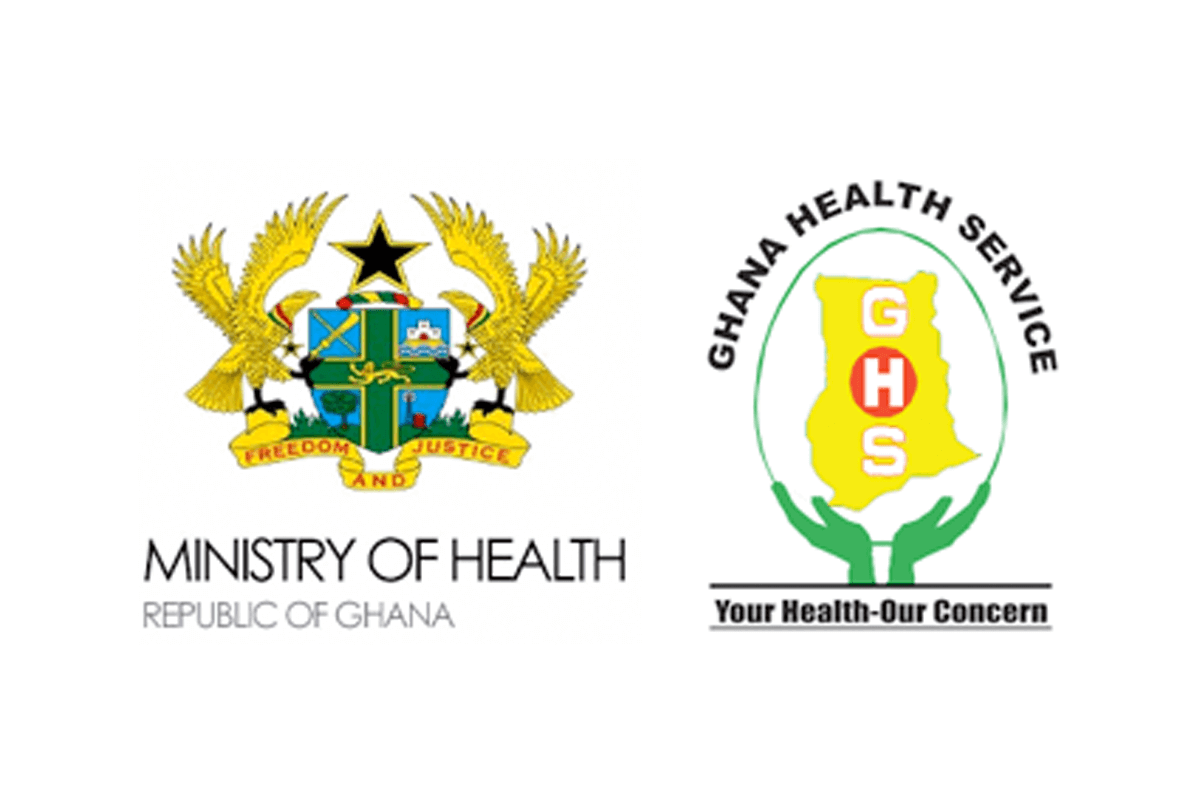
1. Comprehensive Abortion Care Services: Standards and Protocols
Foreword
by Dr Patrick Kuma-Aboagye, Director-General, Ghana Health Service, June 2021
Over the past two decades, maternal mortality has been declining globally, though progress has remained too slow to achieve targeted reductions for 2015. Although the Government of Ghana has made impressive gains, access to maternal health services is still limited, particularly for the majority of the population who live in urban slums and rural communities. There remains a sizable unmet need for family planning services, a low contraceptive prevalence rate and high rates of unplanned pregnancies and unsafe abortion associated with a high maternal mortality. Even though the law in Ghana permits abortion under certain circumstances, access to safe abortion services also remains a challenge. Taken together, these factors demonstrate the need for extensive and strategic policy and programme efforts towards reducing the country’s unacceptably high maternal morbidity and mortality.
In recent times, Ghana has made progress in improving access to safe and affordable services by expanding providers in comprehensive abortion care services. However, access to services is still a challenge, with unsafe abortion contributing significantly to maternal mortality; 311 women died in 2019 from complications of abortion which accounted for 9.2% of direct maternal deaths (GHS, FHD Annual Report 2019). Again, according to the Ghana Statistical Service, almost 1 in 6 (15%) of women in reproductive age in Ghana have had an unsafe abortion (GSS, 2016) with almost 1/3 of women in rural areas who procure abortion using illegal and non-medical methods (GMHS, 2017).
In response to the objectives of the National Reproductive Health Service Policy and Standards, there is the need to improve services beyond just postabortion care, to include the provision of quality comprehensive abortion care services to the extent permitted by law including post abortion contraceptive services. Additionally, there have been significant changes to global trends and practices governing comprehensive abortion care, with emerging issues such as home and self-management and telemedicine for medical abortion, necessitating the need to widen the scope of the standards and protocols taking cognisance of these issues. In view of this, these service standards and protocols have been updated to provide technical and managerial guidance for the provision of quality services and form an integral part of overall reproductive health service protocols.
This document has been put together by a team of national experts from across the country, and from both the public and private sectors. The third edition has been updated to among others take cognisance of the advances made in medical abortion, strengthen post-abortion contraceptive services, discuss infection prevention and control practices in light of emerging conditions such as COVID-19 and Ebola and to improve key information on logistics and data management for comprehensive abortion care services. Ghana Health Services is grateful to all individuals and organizations that contributed to its development and validation.
It is my hope and desire that this document will be put to use to improve reproductive health services, improve maternal health outcomes and reduce abortion related maternal mortalities and morbidities in Ghana.
Purpose of this document
The “Standards and Protocols Document” has been written in line with current trends, to update the existing document (3rd edition, April 2012) and to address the knowledge and service gaps in Ghana. The goal of publishing this document is to facilitate the provision of Comprehensive Abortion Care (CAC) services, recommendations and best practices aimed at enabling evidence-based care with respect to safe abortion services. This document is directed at service providers and service managers, who already have the requisite skills, competency and the necessary training to provide safe abortion care and/or treat related complications of abortions. The document is based on sound and current evidence of safe medical practice. It contains guidance on how, by whom and in which facilities CAC services should be provided.
+++
2. Knowledge of abortion legality among health facility staff in Ghana
PLOS One, by Grace Sheehy, Chelsea Polis, Easmon Otupiri, Caroline Moreau. 2024;19(8). e0308371. https://doi.org/10.1371/journal.pone.0308371
Abstract
Background: Abortion has been legal for multiple indications in Ghana since 1985, and efforts have been made to expand the availability of safe abortion care in the years since. However clandestine, and potentially unsafe, abortions remain common, suggesting numerous barriers to access persist; one possible barrier is poor knowledge of the abortion law among those working in health facilities. Our study aimed to identify levels of legal knowledge among health facility staff across Ghana.
Methods: Data for this paper are drawn from a nationally representative cross-sectional health facility survey conducted in 2018; our analytic sample includes 340 facilities that provide induced abortion and/or post-abortion care (PAC). The survey collected data on provision of abortion and PAC, as well as knowledge of abortion legality and recommendations for reducing unsafe abortion. We used descriptive statistics to examine levels of knowledge and recommendations, and logistic regression to assess associations with individual and facility characteristics.
Findings: Comprehensive knowledge of the legal indications for abortion was low among health facility staff; just 6% identified all legal indications, and the majority (83%) underestimated the number of conditions under which abortion is legal. Knowledge was higher for more restrictive indications, such as a woman’s life being at risk, which was identified by 72% of respondents, than more broadly interpretable indications, such as mental health, identified by 29%. Respondents in facilities providing both induced abortion and PAC had better knowledge of several legal indications than those in facilities providing PAC only.
Conclusions: Health facility staff have significant gaps in their knowledge of abortion legality. Knowledge of the law among this population is highly important for ensuring that abortion care is made available to the fullest extent of the law. Efforts are needed to improve knowledge of the law among providers and facility staff, particularly for indications with broad interpretability.



